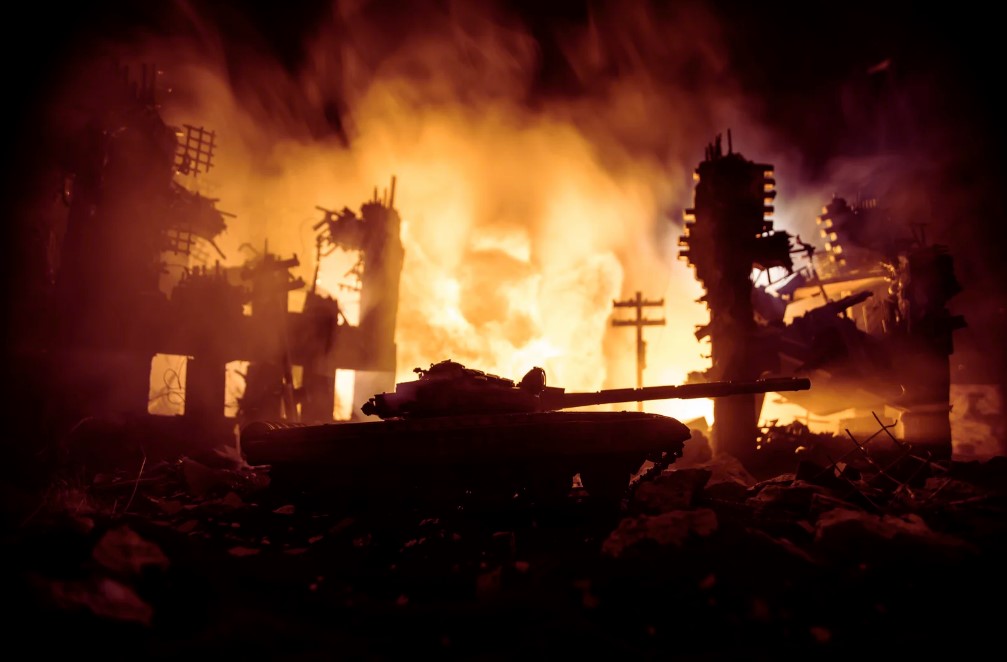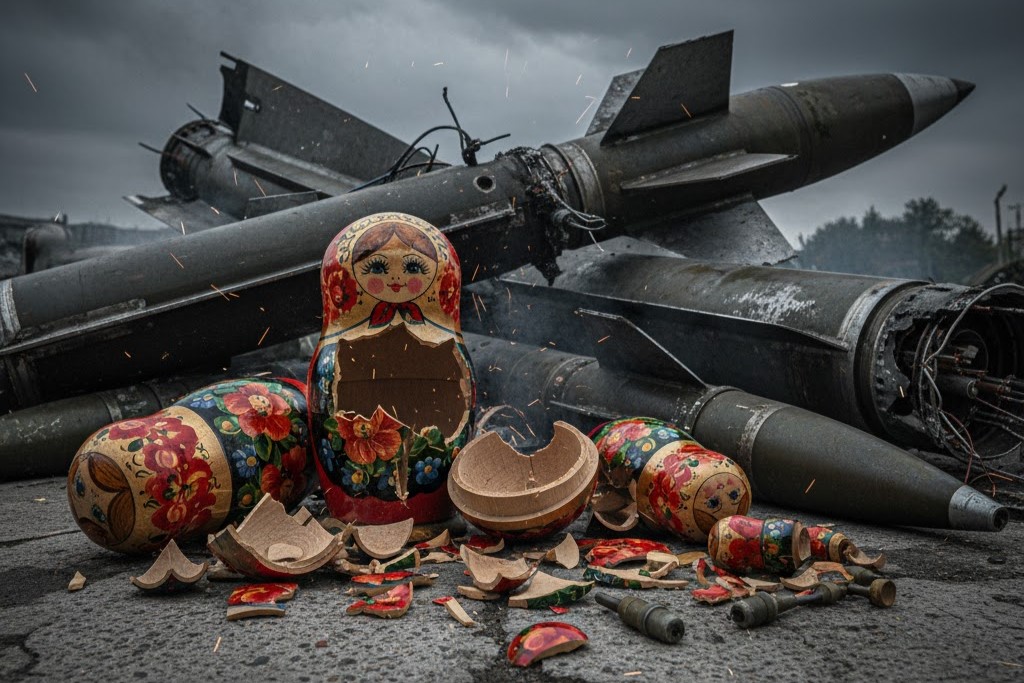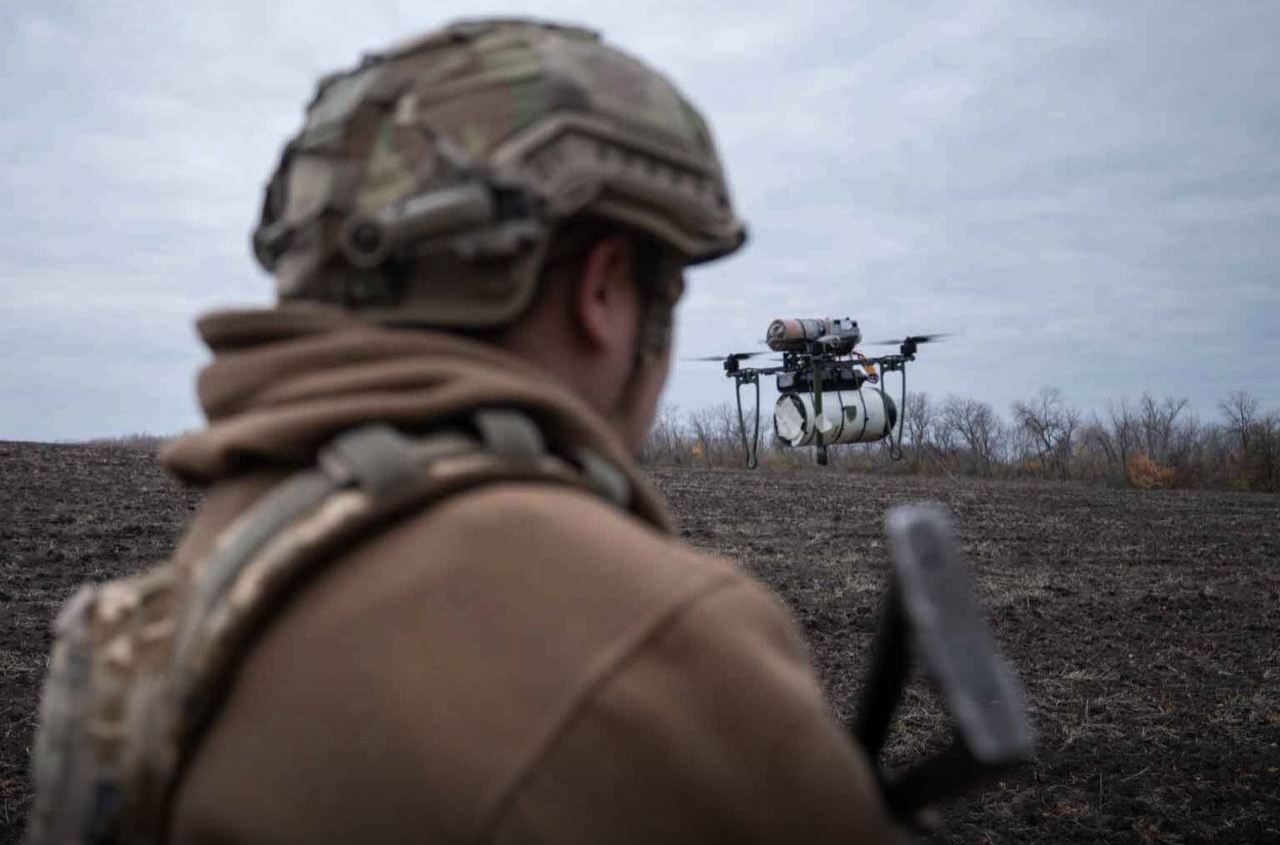By Gen. Zaluzny for the Eastern Flank Institute
Despite high expectations, Europe’s security in practical terms will remain dependent on the United States. At the same time, by emphasizing cooperation, interaction, and competitiveness in the defense industry, the White Paper provides broad opportunities to promote Ukraine’s individual interests. It also opens a path for Ukraine—as a non-EU state—to participate in a future, increasingly unified European defense industry (shaped under pressure from Russia).
In the absence of binding mechanisms, Ukraine’s efforts will focus on promoting its defense industry at governmental, business, and expert levels as part of a potentially opening European market. This involves seeking financing, technology, and production partnerships with any interested country, always remembering that national technologies and our own experience in using them are the foundation of our strength. Such an approach will not only enhance Ukraine’s security but may also allow its defense industry to become a source of economic growth—similar to Israel and South Korea.
Despite European countries’ determination to assume greater responsibility for their own security, concrete concepts for a new defense architecture are likely still far from realization. While the White Paper discusses industrial consolidation and collective combat capabilities, it does not set a primary goal of creating EU-wide military structures or organizations capable of managing them.
This shows that, despite declarations that the EU will prepare to counter external military aggression and that member states must maintain a full spectrum of military capabilities, it remains unclear who in the EU will be responsible for implementing joint projects, building shared capabilities, and managing or using them in operations or for airspace control outside NATO.
Regarding military capabilities, it should be noted that today they can only be achieved through the implementation of a unified, comprehensive transformation system across several areas:
- Development and deployment of the latest technologies;
- Thorough reform of the defense industry under a strict state program;
- Logistics and procurement, with rapid and radical adjustments to evolving needs;
- Management of processes not only on the battlefield but also within state structures to achieve political objectives;
- Organization of Defense and Armed Forces as carriers of capabilities;
- Doctrines for preparation and use of all components of defense forces.
Thus, it is clear that by 2030, the EU will rely exclusively on NATO—and therefore the United States—to ensure its security. Talking about Europe’s strategic autonomy from the U.S. is premature. The EU is likely to increase its own arms production, including projects in cooperation with Ukraine, but building a new European security architecture will not be a priority. If addressed at all, it will remain mostly declarative, focusing on upgrading national armed forces’ equipment.
Consequently, integrating Ukraine as a full participant in Europe’s future security system is neither formally nor substantively considered, except for partial use of combat experience and providing assistance in the war against Russia, in line with the strategy of avoiding war by supporting an already fighting neighbor.
Until Europe develops its own comprehensive defense system, Ukraine’s integration into the European air and missile defense system can only occur through continued cooperation with NATO and its members bordering Russia or recalling historical warnings. This is practically the only way to bypass political and other obstacles within the EU, though it carries significant geopolitical risks for member states.
Lessons from war experience:
- War can be prolonged, fundamentally changing the organization of armed forces.
- New technologies require not only equipment replacement but radical changes in strategy, doctrine, and training.
- War has become hybrid, conducted brutally on the front line and internally, using all state capabilities, including information operations.
- The role of the private sector is growing, requiring a new approach to state-business relations. Public-private partnerships now include not only production but also design of weapons and military equipment.
- Personnel are critical. Training and education are decisive, not only for military operations but also for the defense sector, where integration of research and production centers is essential, including universities and design offices.
- Effective logistics and supply chains are central to combat success. This includes uninterrupted electricity supply, which must be protected and defended, as its loss impacts both civilian infrastructure and population.
The conclusion is that European security, regardless of the White Paper’s stated goals, will continue to depend on Ukraine’s endurance and armed forces, as well as on future practical partnerships.
The construction of a new European security architecture is expected to take more than five years, accompanied by inertia tied to maintaining an acceptable way of life and overcoming barriers inherent in democratic societies.
Finally, over nearly four years of war, Russia has systematically learned to fight better. It has built a new army that collects, analyzes, and immediately implements combat experience, complemented by new doctrines and training programs. The composition of prisoners captured by Ukraine suggests this experience is shared with countries like China, Iran, and North Korea, indicating a broad-scale reform of Russia’s armed forces, during and possibly after the war.
Considering scientific and technological progress in modern warfare and the emergence of a fundamentally new war doctrine, this reform is expected to conclude by 2030. These will be forces of robots, autonomous systems, and artificial intelligence, combined with experience and existing doctrines, capable of scaling to necessary operational levels. A new arms race for control over the global security system is emerging, with clear participants—and NATO armies are unlikely to be fully ready for such conflicts.
Reflecting on past leadership mistakes, delaying unpopular actions for short-term popularity and following populist promises has historically hindered preparedness. To accelerate institutional defense readiness in democratic societies, dialogue with the public is essential. Whether European governments or the Russian army initiate this dialogue first depends on us and our partners.
Only through joint efforts can Ukraine share not only its suffering but also its unique war experience, helping EU states rapidly improve defense strategies—not only in defense-industrial cooperation but across all aspects of security.



















